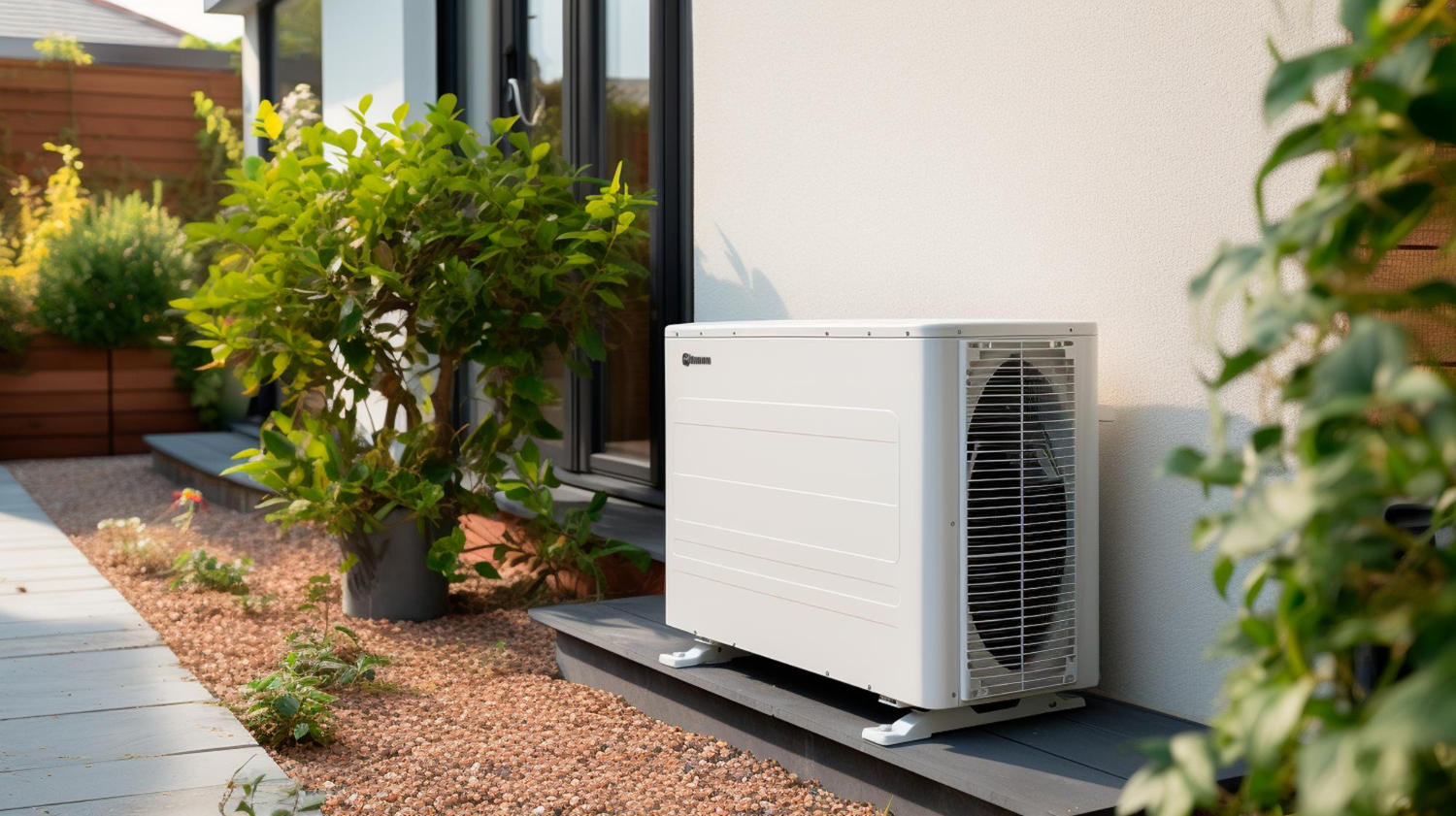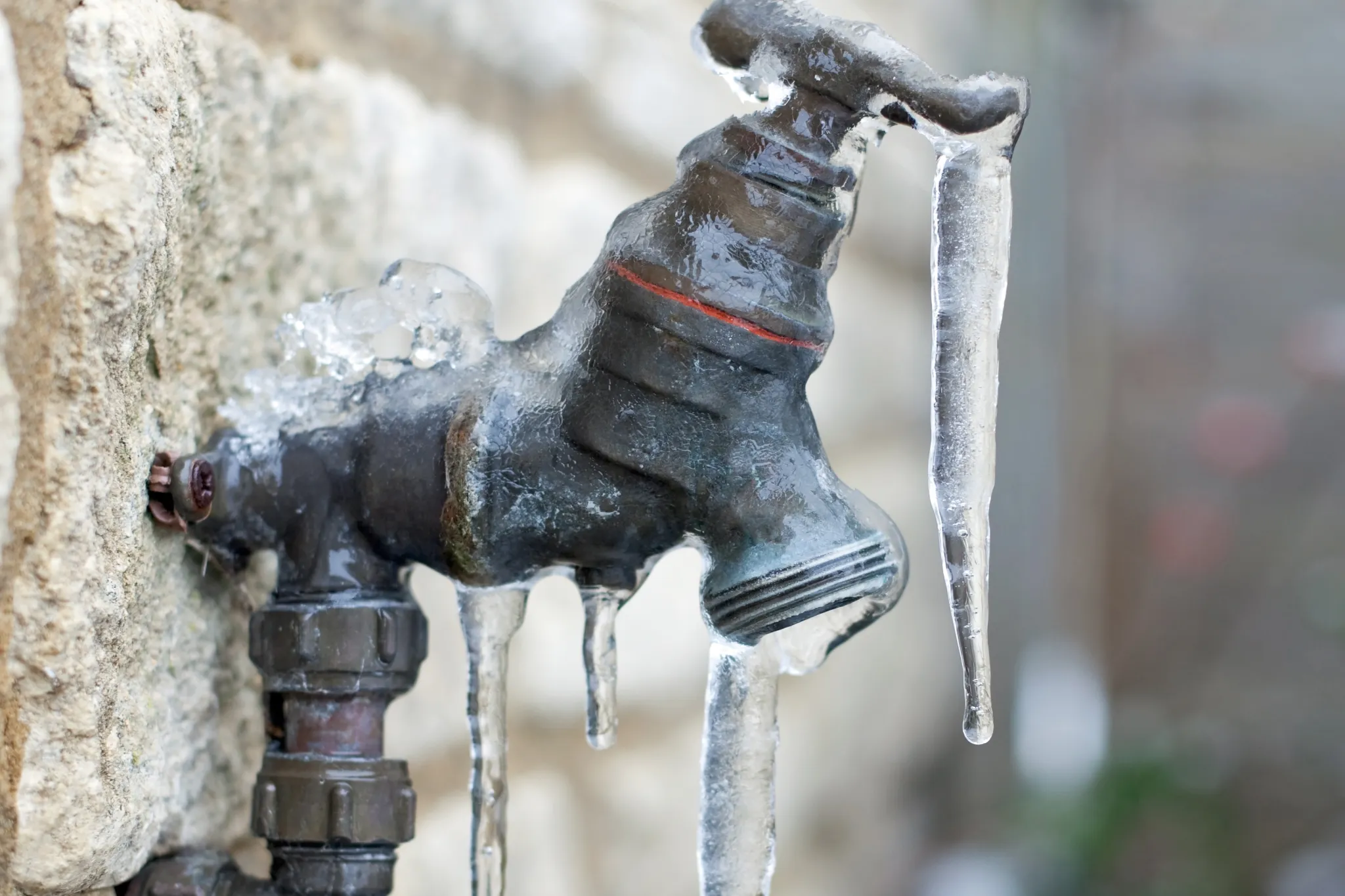You’ve made the smart decision to invest in a heat pump, the gold standard for home efficiency. However, the system’s performance is not determined by its brand or its price, but by a single, critical factor: precision sizing.
The Home Service Bureau issues a BUREAU-ALERT: An improperly sized heat pump, whether too large or too small, will actively work against your goal of reducing energy costs and could lead to system failure years ahead of schedule.
The Fundamental Flaw: Guesswork vs. Calculation
An unqualified installer uses guesswork based on simple square footage. A V-Badged Arbiter uses a complex, mandated analysis known as a Residential Heat Load Calculation (per HRAI guidelines).
| Scenario | Problem | Resulting Cost & Damage |
| Heat Pump is TOO LARGE (Oversized) | Short-Cycling. The unit heats or cools the home too quickly, satisfies the thermostat, and shuts off. | The constant stopping and starting places massive strain on components, accelerating system wear, leading to expensive repairs and higher electrical demand during startup. |
| Heat Pump is TOO SMALL (Undersized) | Non-Stop Cycling. The unit runs almost constantly but never reaches the thermostat set point on the coldest or hottest days. | The unit runs inefficiently in auxiliary heat mode or struggles to dehumidify, leading to excessive wear, poor temperature consistency, and a skyrocketing energy bill. |
n both cases, you lose the primary benefit of the heat pump, its energy efficiency.
The HRAI Heat Load Calculation: The Arbiter’s Protocol
The Heat Load Calculation is the methodology standardized by the Heating, Refrigeration and Air Conditioning Institute of Canada (HRAI). It is the only reliable way to determine the exact heating and cooling capacity (in BTUs or Tons) your specific home requires based on Canadian climate data and building codes.
The Conceptual Formula: Understanding BTU Loss
At its core, the calculation relies on determining the total British Thermal Units (BTUs) of heat your home gains in summer and loses in winter. The heat pump’s capacity must perfectly match this load.
The fundamental relationship that guides the calculation is a variation of the following:
Heat Load (BTU/hr)=Area×U-Factor×Temperature Difference
- Area: The surface area (sq. ft. or sq. m.) of the structure (wall, roof, window) being analyzed.
- U-Factor: The rate of heat transfer through that material. (This is the inverse of the insulating R-Value, common in Canadian insulation standards).
- Temperature Difference: The difference between the controlled indoor temperature and the extreme outdoor temperature of your specific Canadian climate zone.
How to Protect Your Investment
When interviewing contractors for your heat pump installation, follow the Bureau Protocol to secure your long-term financial safety:
- Demand Documentation: Ask to see the HRAI Load Calculation Report. If the contractor cannot produce this detailed report, they are relying on guesswork, and you must decline their service.
- Warranty Coverage: Clearly establish the terms and length of both the manufacturer’s equipment warranty (often 10 years or more) and the installer’s labour warranty. Ensure all terms are in writing.
- Verify Dual Clearance: Heat pumps require both HVAC and often Electrical clearance for safe installation and integration.
- Installer Insurance: Mandate proof of up-to-date WSIB/WCB (Workers’ Compensation) and Comprehensive General Liability Insurance. This adheres to the Bureau’s Protocol Code 3, protecting you from liability in case of an on-site accident and equipment failure.
Your heat pump is an asset that is meant to save you money for decades. Don’t let an unqualified installation ruin its potential. Mandate precision. Demand a Bureau-Verified Expert
Final Clearance from the Bureau
Every expert verified by the Home Service Bureau has been vetted through a 5-step compliance process, confirmed to deliver the highest quality service possible. When you see the Bureau Verified Badge, you see an Expert who meets the Canadian standard for safety, skill, and accountability.
Ready for a calculation, not a guess?
Find Your Bureau-Verified HVAC Expert Today!




